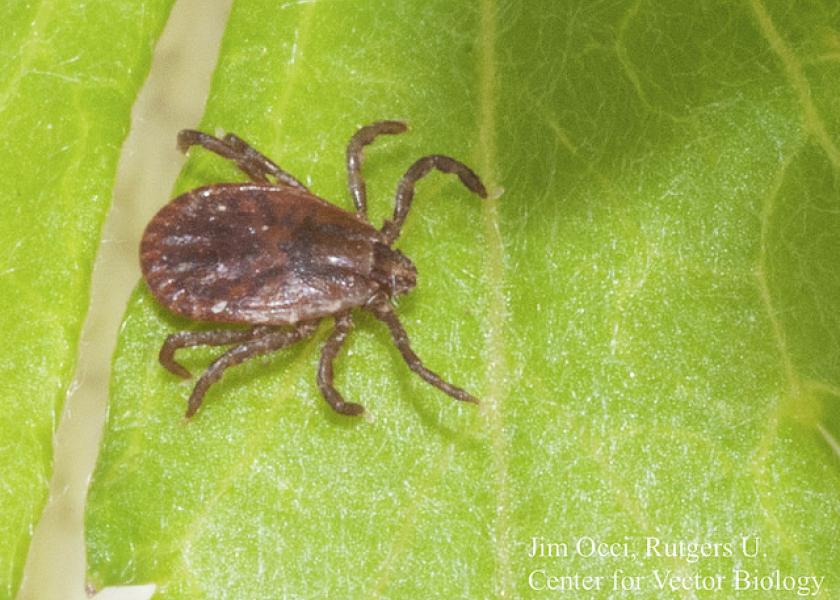AVMA Offers Tick Tips as Exotic Species Spreads

Over the past year, the invasive longhorned tick (Haemaphysalis longicornis) has spread to at least nine states after first appearing in New Jersey. In response, the American Veterinary Medical Association (AVMA) offers an overview of options for veterinarians seeking to protect animals and humans from the tick, which potentially carries a range of pathogens.
This week, researchers at Western Connecticut State University confirmed the tick’s presence in Connecticut, making it the ninth state to find the species. Most of the affected states are in the Mid-Atlantic region, but the tick’s presence also has been confirmed in Arkansas, demonstrating its ability to hitch rides and infest new territory.
The AVMA notes the species has a rare ability to reproduce asexually, with progeny appearing within six months of reproduction versus the two years typical of more common tick species. Those characteristics likely will enable the species to spread further in North America over the next few years.
Because of the tick’s recent arrival, AVMA notes there currently are no parasiticides available in the United States that contain a label claim against Haemaphysalis longicornis. However, several isoxazolines and macrocyclic lactones that are approved in the U.S. for similar ectoparasites are also approved in other countries where Haemaphysalis longicornis is endemic, with an indication for H. longicornis.
AVMA reminds veterinarians and producers that use of FDA–approved drugs that are not labeled for this tick species would constitute extralabel use, which must take place under veterinary oversight and in accordance with the Animal Medicinal Drug Use Clarification Act of 1994 and regulations on extralabel use. These regulations pertain only to drugs though, and not to anti-parasitic products that are pesticides.
Read more about the longhorned tick from BovineVetOnline.com.







